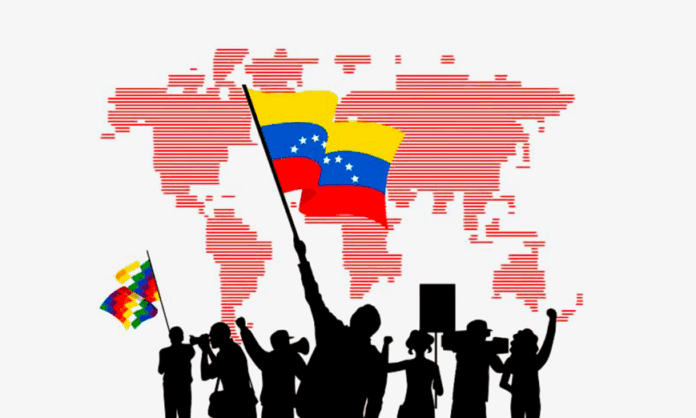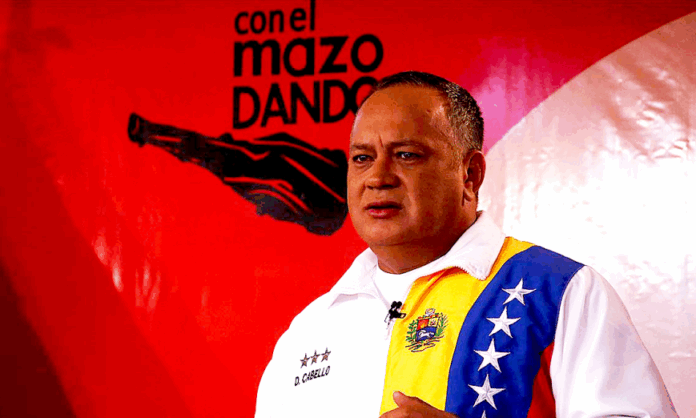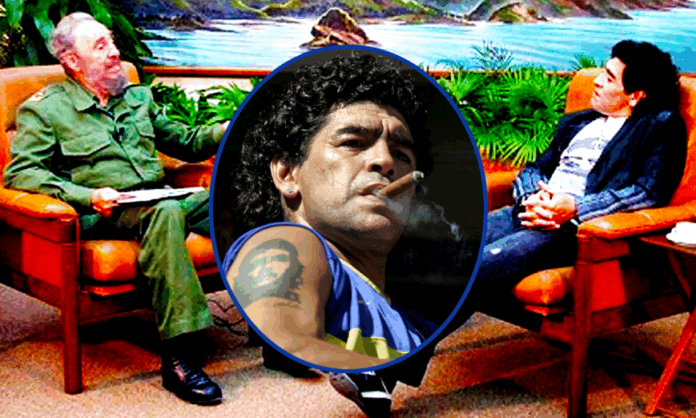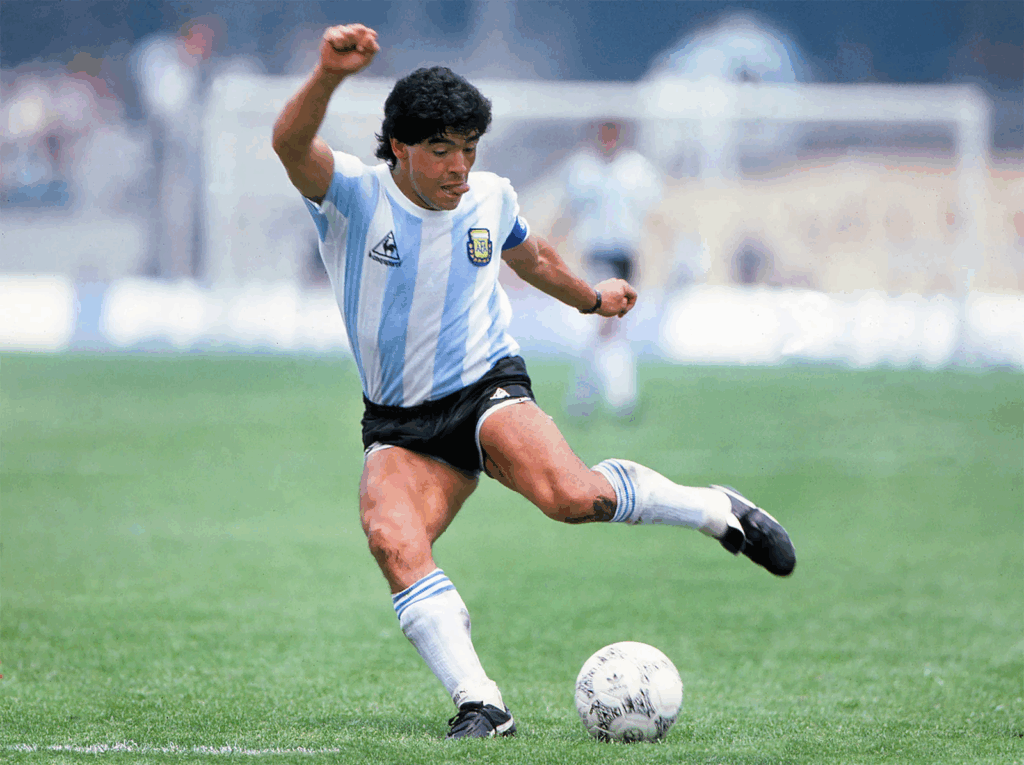Originally published at Anticonquista on December 16, 2019
Since 1998, the year anti-imperialist military leader Hugo Chávez was popularly elected, when have we heard one positive word in U.S. media about Venezuela? Washington — whether Democrat or Republican — has consolidated an air-tight media, military, diplomatic and military blockade of Venezuela’s Bolivarian Revolution.
The Hybrid War
The U.S. government and multinationals have seized Citgo, Venezuela’s oil refinery company with gas stations across the U.S. Periodically, sometimes monthly, Trump announces the next round of sanctions.
The international banking system, colluding with their internal lackeys, have stripped the bolívar, the national currency, of any value. Currently, one U.S. dollar is worth 40,000 bolívars. If the International Monetary Fund (IMF) and World Bank suddenly deemed that the U.S. dollar was only worth $0.000025, people in the U.S. would have a taste of what an economic war really means. That would mean $10,000 dollars would be worth a quarter. This is a blatant act of war.
These are only a few methods of hybrid war, designed to strangle and stultify the economy of Venezuela, an oil-dependent nation, which is still casting off the chains of centuries of colonialism and neo-colonialism. Afterwards, when people predictably flee an oppressed nation under attack by oppressor nations, ABC, Fox and MSNBC are there to film the “mass exodus” and “failure of socialism because of a dictator.”
Thus far, over three million people have been forced to flee the besieged nation. Venezuela has had to endure its own Special Period, as Cuba did in the 1990s with the fall of the Soviet Union and socialist camp. The plan, as Energy Secretary Rick Fox openly said, is to stoke hunger, discontent, migration and civil war in any country that seeks its own path.
Same blueprint. Same script. Same pendejos (fools) with CNN on 24/7, intoxicated by the “American Dream,” blindly swallowing all of this propaganda.
The Ruling Class and Venezuela
Like Syria, Venezuela serves as a litmus test for politicians to prove their acceptability to the ruling class.
Despite Bernie Sanders’ open attacks on Venezuela and its democratically-elected president, Nicolás Maduro, the Washington Post continues to attack him for “not being tough enough” on 21st century socialism. The corporate media has vilified Tulsi Gabbard in a similar way for daring to say that the U.S. has no right to intervene in the sovereign affairs of Syria. Non-interventionism and the right of nations to self-determination are not talking points in the Democratic primary debates.
Liberals have predictably fell into line, condemning Venezuela every opportunity they get to prove their reliability to the power structure. ¡Que vergüenza! Disgraceful! Have they not learned anything from the past two centuries of U.S. military invasions and occupations of the hemisphere? Hence, why Chávez gave former U.S. President Barack Obama a copy of Eduardo Galeano’s “The Open Veins of Latin America” at the U.N. in 2009.
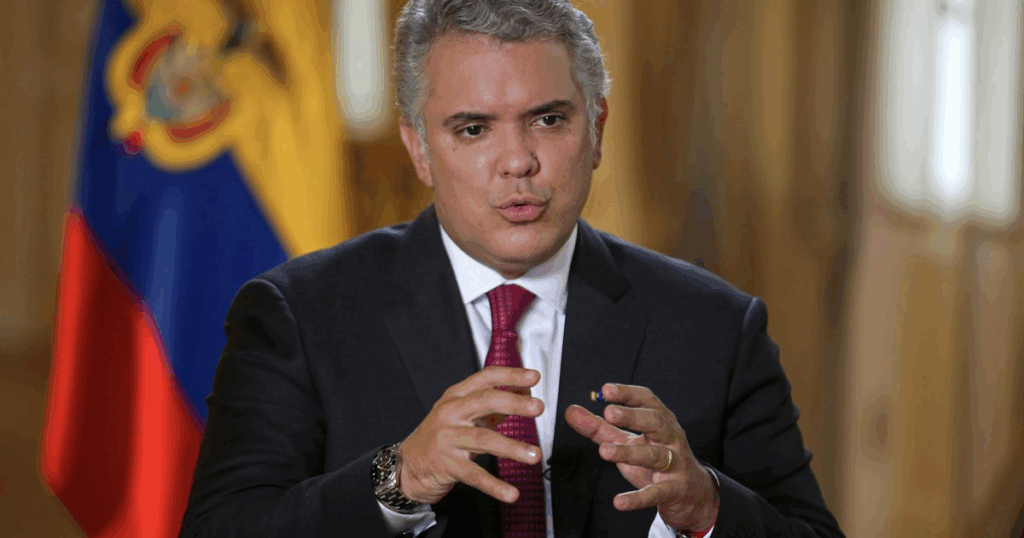
Ni Un Paso Atrás (Not One Step Back)
Imperialism has done everything in its power to halt and reverse the momentum of the Bolivarian Revolution. Yet the Bolivarian Revolution persists, defies all the odds and pushes forward.
Dec. 3, 2019, was one such demonstration of the popular support the revolution continues to enjoy. Thousands of organizers and foreign delegates attended the International Communications Congress, flooding the streets of Caracas to say no to the Interamerican Agreement of Reciprocal Assistance (TIAR). TIAR is the latest military coalition led by the U.S. and Colombia, a country where the U.S. has eight military bases and an undisclosed amount of soldiers. Vendepatria (national sell-out) “president” Iván Duque’s speech was yet another declaration of war against its neighbor.
Thousands marched, danced and chanted in the streets of Caracas:
“¡Y no, y no, y no me da la gana
de ser una colonia norteamericana.
Y sí, y sí, y sí nos da la gana
de ser una potencia latinoamericana!”
“No! No! No! We are not interested
in being a U.S. colony.
Yes! Yes! Yes!
We are interested
in being a powerful Latin American nation.”
Secretary of State Jorge Arreaza, President of the National Constituent Assembly Tania Diaz and Vice President of the United Socialist Party of Venezuela Diosdado Cabello, along with international delegates from 35 nations, condemned the TIAR and redoubled their commitment to defending Venezuela’s sovereignty.
Twenty years into their revolution, the Venezuelan masses and their elected leadership continue to be more fearless, revolutionary and chavista than ever. In 2020, Venezuela’s Bolivarian Revolution continues pushing forward.

